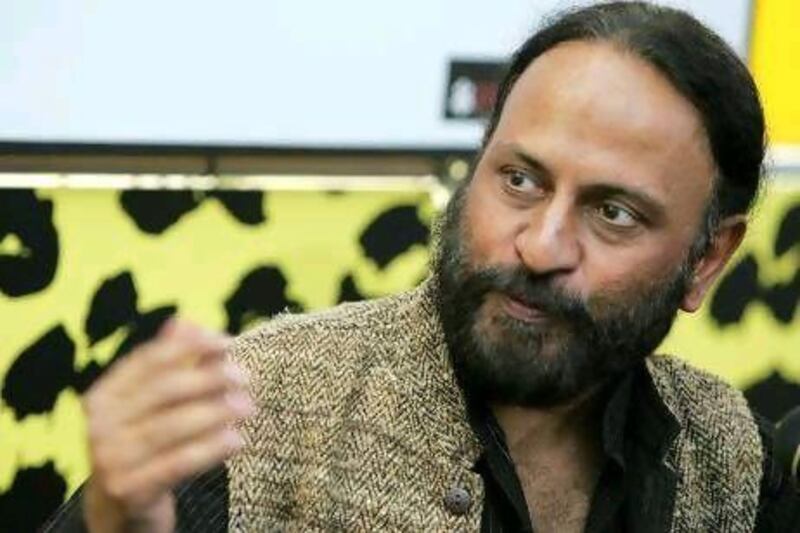India's animation industry is on a growth trajectory, given not just the country's talent pool and lower cost of production, but also the treasure trove of local mythology and folklore that can be retold through the medium, according to the filmmaker Ketan Mehta.
"We have to graduate from providing slave labour for international animation products to producing our own content," says Mehta, who produced the 3D animated film Ramayana: The Epic in 2010. "That would drive the future of our animation industry."
Mehta, 60, is the chairman and the managing director of Maya Digital Studios, which has pioneered the art and technology of animation and visual effects in India since the 1990s.
He is gearing up for the November release of his new animated feature film, titled Sons of Ram: Heroes Will Rise, a tale of the Hindu god's two sons, Luv and Kush.
"Animation in India is still at the nascent stages, but it is picking up rather well," he says.
"Earlier, unfortunately, low-quality animation was made, which actually hurt the prospects of animation in India as a whole. But now the quality is improving and I think it is going to take off in a big way."
According to a 2011 report by the Federation of Indian Chambers of Commerce and Industry, the Indian animation industry is expected to be worth US$470 million (Dh1.7 billion) by 2015.
In Mehta's view, the figures are achievable, given that filmmakers can cash in on the classic tales of Indian tradition.
"India has a treasure house of stories that can be told in animation, so I don't find any reason why the industry wouldn't grow," he says, adding that the enormous manpower in India should encourage filmmakers to utilise their resources well and produce films of international quality.
From a producer's point of view, Mehta feels that making animation films is a cheaper proposition than investing in other forms of commercial entertainment.
"Compared to commercial cinema, animation would still be cheaper. Even more, the cost of production in India is way less than international standards," he says. "I think that advantage would come to play in the growth of our animation industry."
Mehta's studio is also spearheading a local system that will allow for the conversion of 2D films to stereoscopic 3D, beginning with Ramesh Sippy's 1975 action-adventure classic Sholay.
"3D is gaining ground and it is the future of entertainment as far as I am concerned," he says.
"That's why we decided that it would be worth it to release Sons of Ram on to 3D. Add that to the fact that animation films already provide a special viewing experience."





